Keep asking and keep recording student answers in PE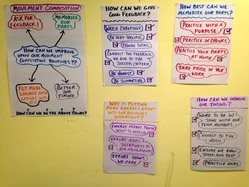 One of the very first things that I present in the workshops that I lead is the importance of making student learning outcomes explicit and visual in all of the units that we teach in PE. Setting our students up for success requires that they understand exactly what is expected of them during the unit. This requires me to think, well ahead of time, about the important questions that I need to ask in order to guide them on their learning journeys. And these journeys must always be rooted in and connected to the important student learning outcomes in the units that we teach. I'm currently teaching a movement composition unit from grades 1-5 at Nanjing International School. I opened my week up by asking the same key question from grades 3-5 (for grades 1 and 2, I had a different key question). The key question that I asked grades 3-5 was: I will blog next week about the specific activities that I did, but what was most important was that I had several short discussions with my classes during the week that revolved around this key question. I recorded as many of my students' answers as possible in my journal. At times it was necessary to help them articulate what it was that they were trying to say, but for the most part, they were spot on with the answers that they came up with. I was able to narrow down on 4 generally agreed upon areas earlier this week. I used these 4 areas to springboard 4 new questions that needed to be broken down further. I asked these questions throughout the second half of the week and recorded more student answers. For now, have a look at the 4 big areas below. Today was a lighter teaching day, so I was able to go through all of the student answers in my journal and further identify the most relevant answers to the questions that I had asked them the second half of the week. Although many of their answers were similar in nature, it was critical to capture their voice and make this visible. To make this happen, I generated a list of the most mentioned answers to each of the questions I had asked. I then created 4 separate visuals that I will use all of next week in my PE classes. I have a formative assessment task in place for next week which will help to check how 'on track' my students are in the movement composition unit in regards to the student learning outcomes expected of them. Check out the 4 visuals below that will be posted for all of my grades 3-5 classes next week. The 4 questions and 17 student generated answers will help guide our learning over the next week in the movement composition unit. Movement composition can be a tough unit to teach as it is hard to get all students engaged and into it. Most of my students really are enjoying the unit and putting lots of energy and effort in. Hard work but well worth the effort! Please feel free to use these visuals in your own movement composition unit. Let me know if you do and how things went for you and your students.
4 Comments
Breaking down success in 45-second routine creationMy grade 4 students are still in the early stages of their movement composition unit here at Nanjing International School. I've been exposing them to a variety of different movement composition type activities that will help to give them a taste of a variety of tasks that can be done in a unit such as this. I want to hook them into all the possibilities that exist in order to help them ultimately find what may interest them the most as we approach the summative assessment task in a few weeks time. Through a specific line of questioning and getting my students taking part in various movement composition related activities, they have been able to narrow down and identify which success criteria are most important in this unit. My aim in yesterday's class was to get them to create their own 45-second individual balance routine that focused on three important success criteria; Balance, Form, and Timing. Form was a relatively new idea to them but it didn't take long at all for them to understand what it was. I prepared a short Mac keynote to open the class up and begin to have a discussion on how our peers can help us to improve. I was trying to get them zeroed in on the importance of giving and receiving feedback. Not just saying, 'Oh that was good' or 'you need better balance', but to be very specific in their feedback. Many students became hands on helping to adjust and put their partners into the correct positions which was great to see. In this 65-minute class, I went through a few distinct phases to prepare them for their end of class 45-second balance routines. A) We discussed what good 'balance' looked like as an initial starting point. I modeled both good and bad balance and the kids immediately began sharing their thoughts. This took no more than 2 minutes. Over the next 10 minutes , we then practiced three different balances focusing on being as still as possible while executing the balance. B) Once the students were able to do all three balances, we began our discussions on what good 'form' looks like. We discussed each of the balances, centering in on what makes the balances look good. Specifics were discussed such as (hands together, arms straight, toes pointed, back flat, leg and back in a straight line etc.) C) During this phase of the lesson, students were encouraged to be artists and to create 2 additional extension poses using the initial balance as a starting point. This is when the success criteria of 'timing' was introduced. They were now required to hold each balance for '5 Nanjings' (5 seconds roughly). As they practiced, they began to get peer feedback from a partner. D) This phase was a bit more teacher directed as I helped them to understand how long each balance was meant to be held. I counted off in 5-second intervals with them switching up balances each interval. E) This is when I introduced the music and had them practice their 9-balance sequence ensuring that their timing was on. I again counted off '5 Nanjings' to continually remind them about when they need to transition over to their next balance. F) Final Routine/Peer Feedback Phase: During this final phase, students performed their balance routines for their partner. Their partner was responsible for giving quality feedback. Each student had a chance to perform, listen to feedback, and perform once last time ensuring that they could improve upon the areas recommended by their partner. G) Final Wrap-Up: During the last 2 minutes of class, I had the students give me their thoughts in regards to what feedback was most useful to them. Most seemed to say that feedback related to their 'form' was most useful to them in regards to helping them improve the overall quality of their routine. All in all, a great lesson, however, it took a lot of structure and planning ahead of time. Check out the video below which will give you a 2-minute glimpse into different phases of this lesson. I encourage you to try this lesson out if you are doing a movement composition unit. Let me know how it goes if you use the idea. Thanks for reading. |
AuthorKAUST Faculty, Pedagogical Coach. Presenter & Workshop Leader.IB Educator. #RunYourLife podcast host. Archives
September 2022
|
- Welcome
- All Things Teaching and Learning
- The Aligned Leader Blog
- Consulting and Coaching Opportunities
- My TED X Talk
- My Leadership Blog
- Run Your Life Podcast Series
- How PYP PE with Andy Has Helped Others
- Good Teaching is L.I.F.E
- The Sportfolio
- Example Assessment Tasks
- PYP Attitude Posters (printable)
- Publications

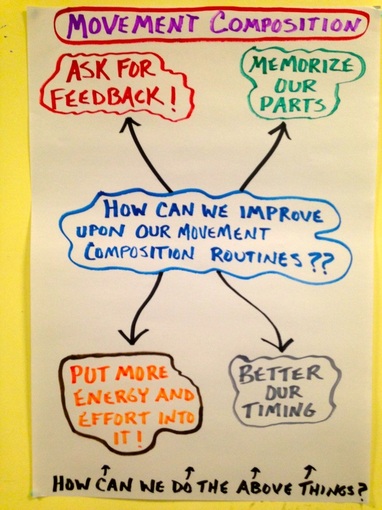
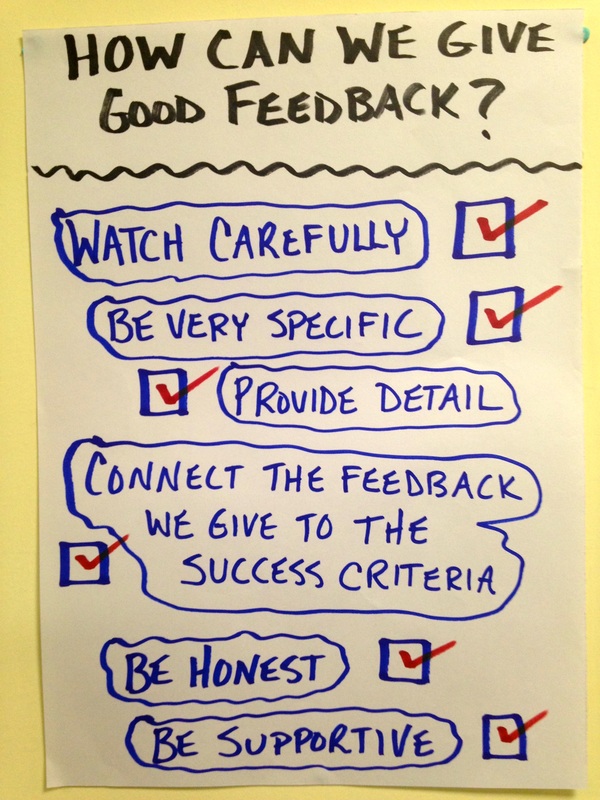
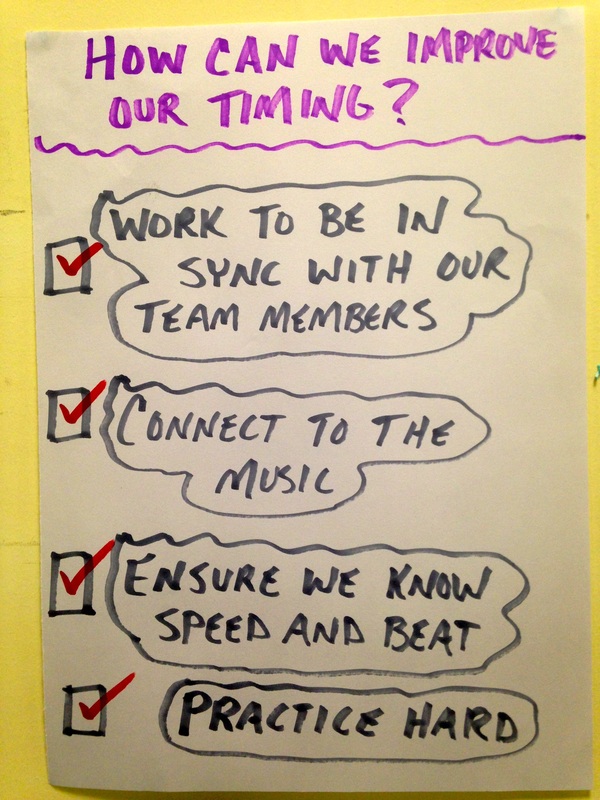
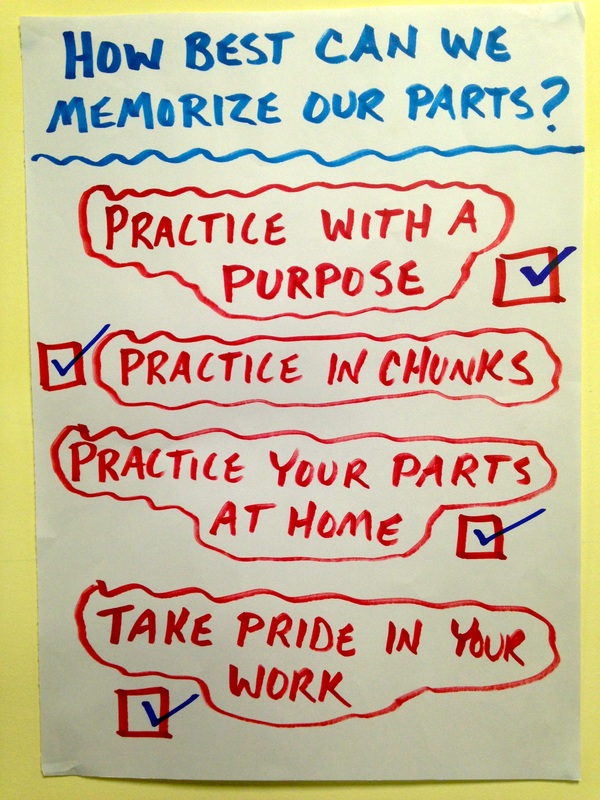
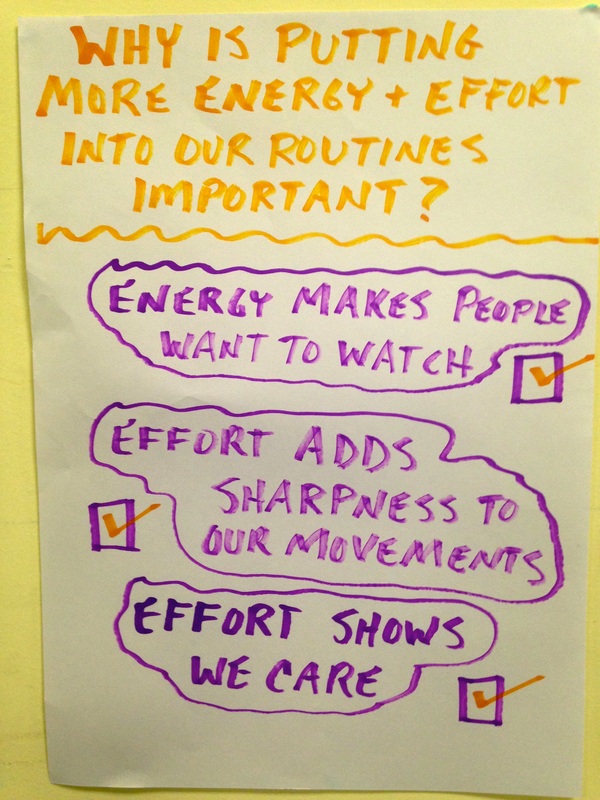
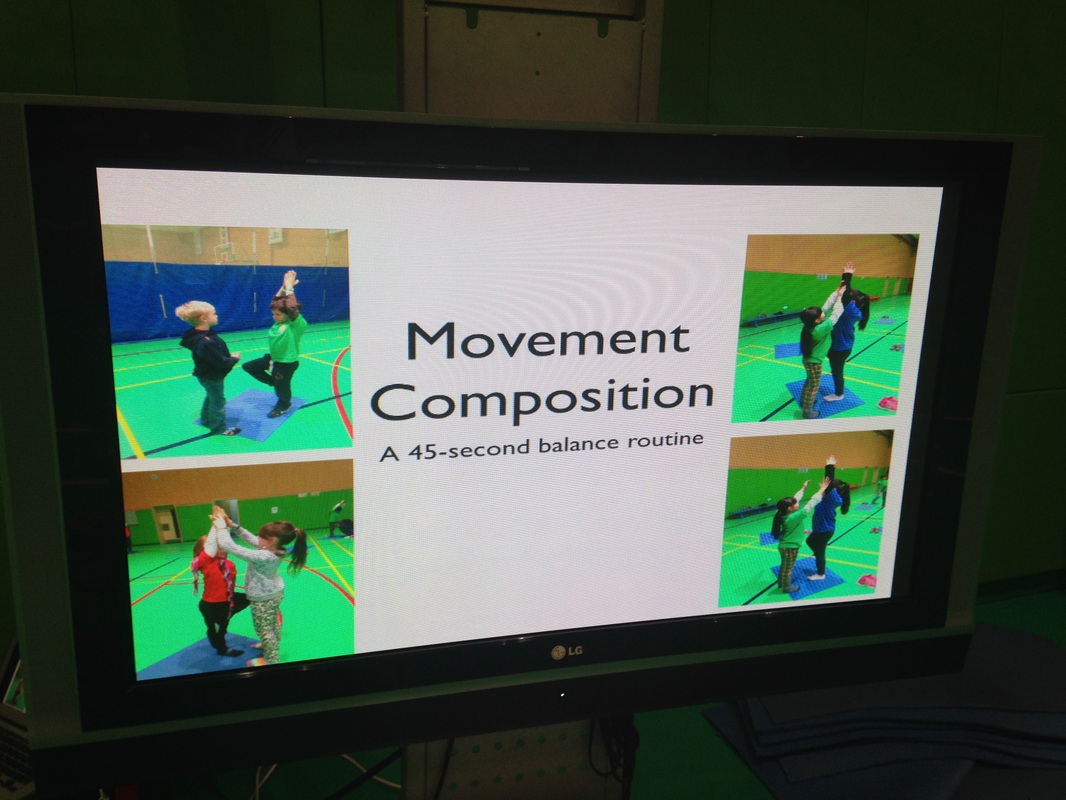
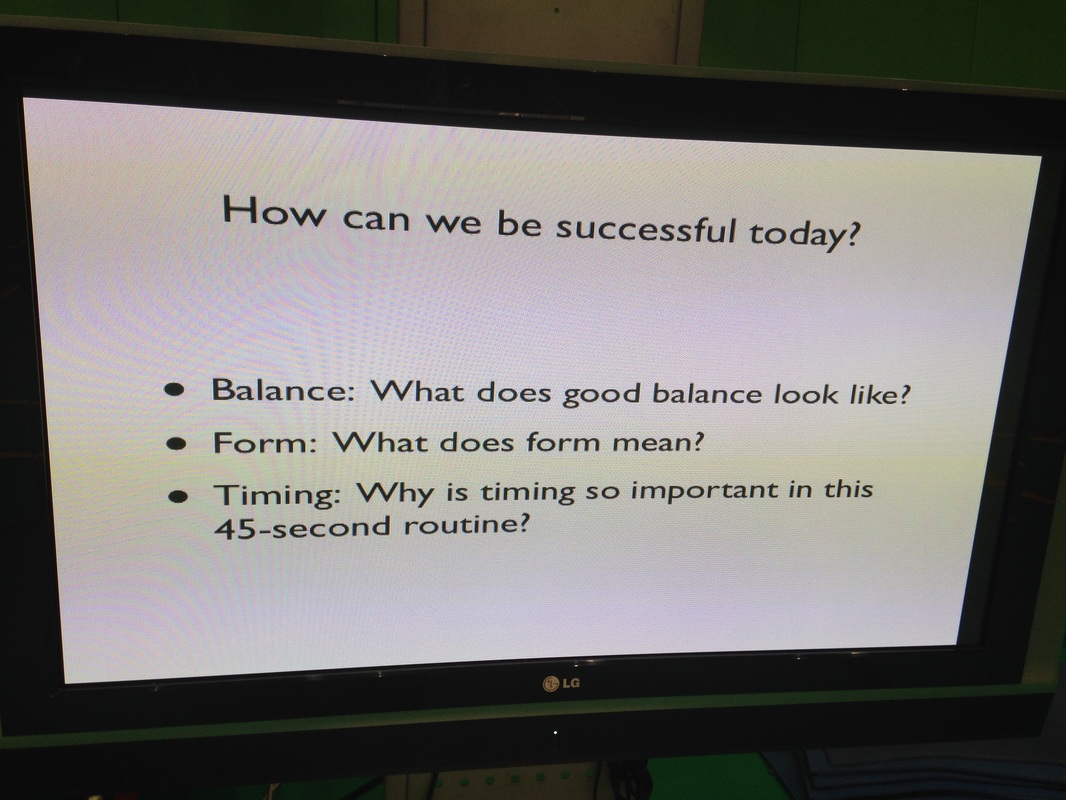
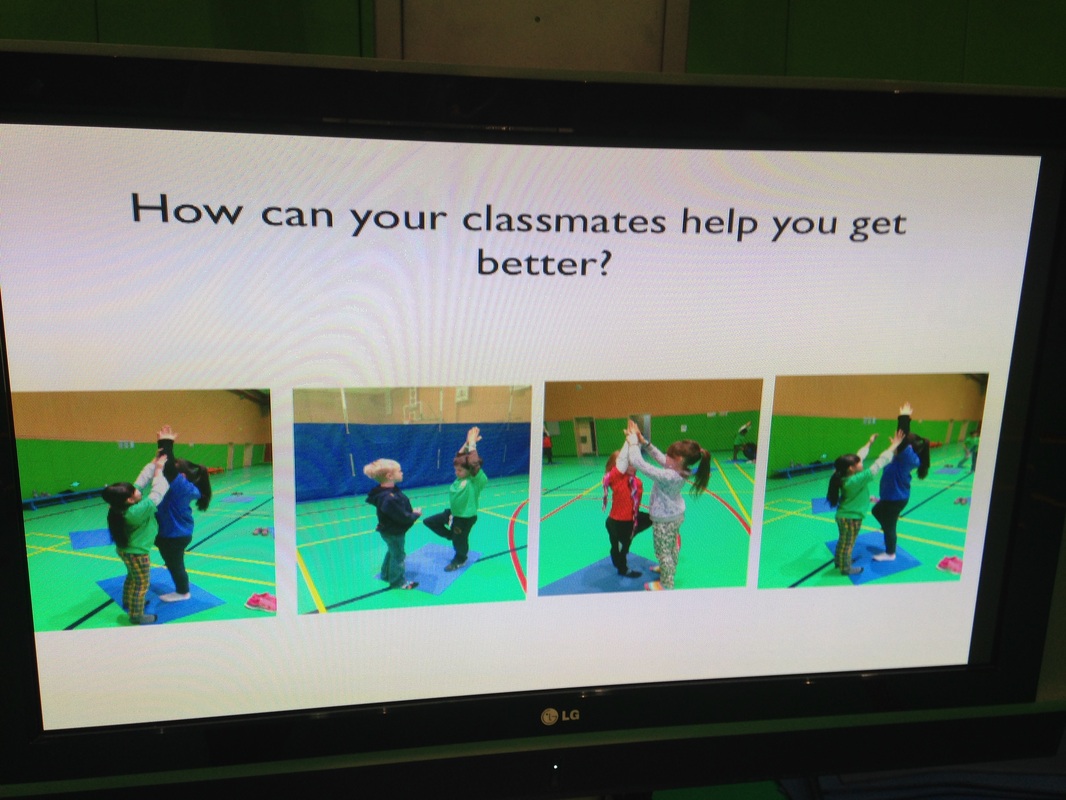
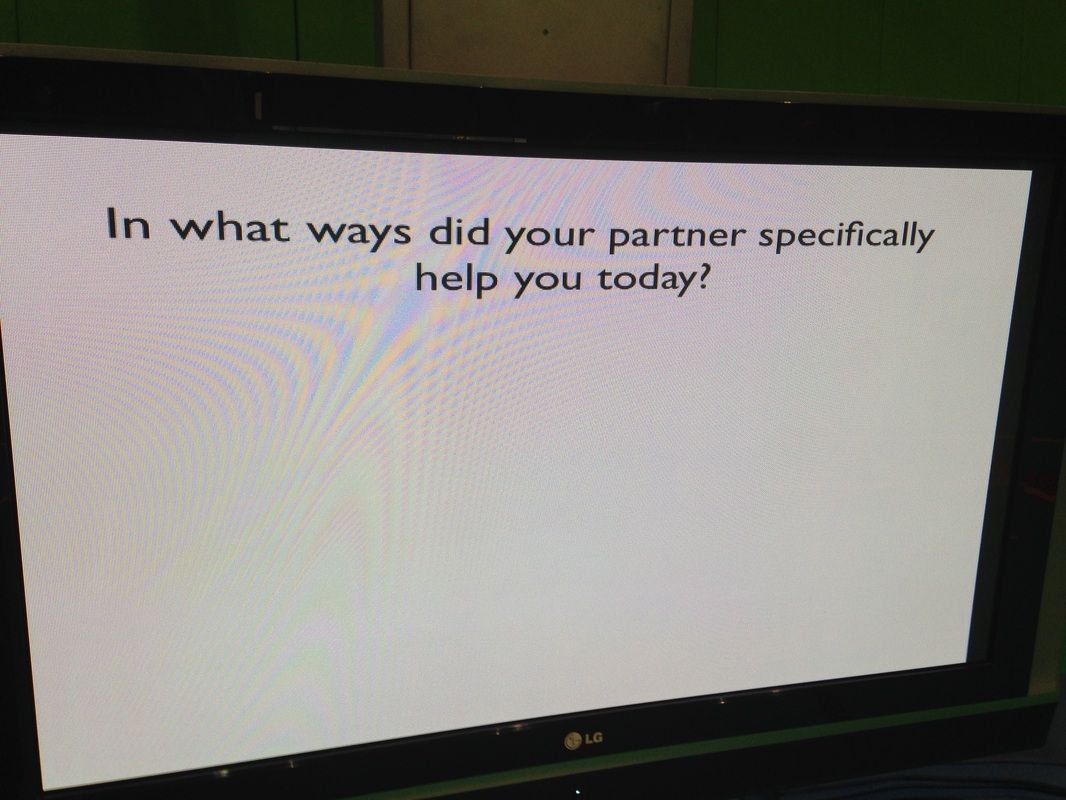
 RSS Feed
RSS Feed
